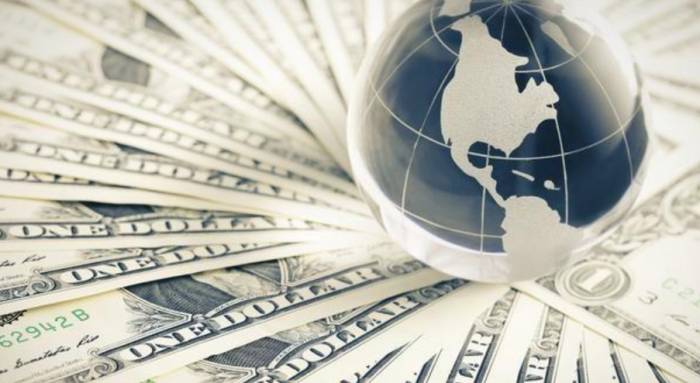01, Cloudy Skies
Recently, statements from some Federal Reserve officials have been increasing market tension.
Last night, several officials indicated that the federal funds rate should be raised above 5%. More worryingly, they further pointed out that it must be maintained above 5% throughout next year.
Previously, some market analysts believed that after the Federal Reserve completes the rate hikes next year, it would quickly switch to rate cuts, but it seems that previous predictions will be unfulfilled.
Brad, once again, pointed out that the market has misjudged the Federal Reserve's determination to raise interest rates. He had previously stated that the Federal Reserve might need to raise rates to 7% next year, and at a minimum, it should be above 5%, far higher than market expectations.
There are now two weeks left before the Federal Reserve's December rate hike, and this week will see the release of two key data points—the PCE price index and employment data—which could both strengthen the Federal Reserve's resolve to significantly raise interest rates.
Advertisement
02, Three Major Indices
Affected by this, the fluctuations of the three major U.S. stock indices were minimal last night, with the market passively waiting for the release of key data.
Among the three major indices last night, the Nasdaq Composite Index experienced the largest decline, falling by 0.6%, but compared to previous declines, this was merely a slight adjustment.
With only one month left in 2022, the Nasdaq's year-to-date loss stands at 29.8%.Due to the Federal Reserve's interest rate hike in mid-December, it is inevitable that the stock market will be further dragged down. As a result, the annual decline in the Nasdaq Composite Index is only smaller than that of 2008 in the past 20 years.
Yesterday was the last trading day of this month. Looking at the entire month, the S&P 500 Index rose by a challenging 2.21% in November. The Nasdaq Index barely held steady.
The best performer was the Dow Jones Industrial Average, which rose by 3.42% in November following a 13.95% increase in October. This marks the first time this year that it has risen for two consecutive months.
03, Individual Stocks
Thanks to the Black Friday sales performance not being as bad as expected, the consumer goods sector only fell by 0.4% last night, the financial sector rose by 0.7%, and the energy sector rose by 1.3%. The worst-performing sector was the information technology sector, which fell by 1%.
Tech giants fell across the board, with Apple's decline exceeding 2%, and Amazon and Tesla's declines exceeding 1%. Microsoft, Google, and Meta also saw minor declines.
However, Chinese concept stocks generally rose, with the NASDAQ Golden Dragon China Index rising by 5% again, a gap of nearly 6% compared to the 0.6% decline in the NASDAQ Index.
In the new energy vehicle sector, Li Auto rose by 8.7%, Xiaopeng by 6.5%, and NIO by 3.8%, forming a stark contrast to Tesla's decline.
In addition, JD.com rose by 6.7%, Pinduoduo rose again by 5.9%, and Baidu and Alibaba rose by 5.3%.
Bilibili, which just announced better-than-expected performance, rose by 22.3%.04, Tesla's "Rebellion"
The United States has introduced the CHIPS Act, hoping to encourage more chip companies to invest in the U.S., but Tesla is seemingly "going against the grain."
Recently, Tesla established a chip company in China through a stakeholding approach, which is likely to frustrate the Biden administration.
However, it appears that Tesla is merely testing the waters, as its equity stake in this joint venture is only 5%, marking the company's first foray into chip design and manufacturing in mainland China.

On one hand, this indicates that Tesla is focusing more on participating in the entire industry chain rather than just outsourcing services. On the other hand, it also suggests that China has advantages over the United States in the semiconductor chip manufacturing industry chain, which is why Tesla has resisted U.S. pressure and invested in China.